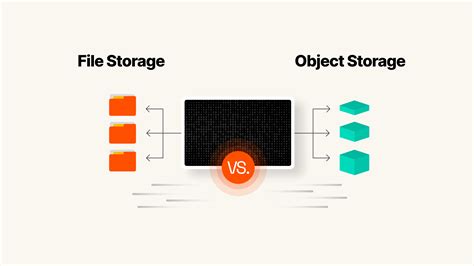Intro
Master the art of copying files in VBA with ease! Learn how to use VBA file copy methods, including the FileCopy function and FileSystemObject, to automate file copying tasks. Discover tips and tricks for handling file paths, file names, and error handling, making file copying in VBA a breeze. Improve your VBA skills now!
Copying files in VBA can be a daunting task, especially for those who are new to programming. However, with the right guidance, it can be made easy. In this article, we will explore the different methods of copying files in VBA, including the basics, troubleshooting, and advanced techniques.
Why Copy Files in VBA?

Before we dive into the nitty-gritty of copying files in VBA, it's essential to understand why you would want to do so. There are several reasons why you might need to copy files in VBA:
- Backup purposes: You might want to create a backup of your files before making any changes to them.
- Data transfer: You might need to transfer files from one location to another, such as from a local drive to a network drive.
- Automation: You might want to automate the process of copying files to save time and effort.
Basic Method of Copying Files in VBA
The basic method of copying files in VBA involves using the FileSystemObject (FSO) library. Here's an example code snippet that demonstrates how to copy a file:
Sub CopyFile()
Dim fso As Object
Set fso = CreateObject("Scripting.FileSystemObject")
fso.CopyFile "C:\Source\file.txt", "D:\Destination\"
Set fso = Nothing
End Sub
In this code, we create an instance of the FileSystemObject and use its CopyFile method to copy the file from the source location to the destination location.
Advanced Techniques for Copying Files in VBA

While the basic method of copying files in VBA is straightforward, there are some advanced techniques you can use to make the process more efficient and robust.
- Error handling: You can use error handling to handle situations where the file cannot be copied, such as when the destination location does not exist.
- File validation: You can use file validation to ensure that the file you are trying to copy exists and is not currently in use by another process.
- Multi-file copying: You can use loops to copy multiple files at once, making the process more efficient.
Common Issues When Copying Files in VBA
When copying files in VBA, you might encounter some common issues, including:
- File not found: The file you are trying to copy does not exist.
- Destination location does not exist: The destination location you are trying to copy the file to does not exist.
- File is in use: The file you are trying to copy is currently in use by another process.
To troubleshoot these issues, you can use error handling and file validation to ensure that the file exists and can be copied.
Best Practices for Copying Files in VBA

To ensure that your VBA code for copying files is efficient and robust, follow these best practices:
- Use error handling: Use error handling to handle situations where the file cannot be copied.
- Use file validation: Use file validation to ensure that the file you are trying to copy exists and is not currently in use by another process.
- Use loops for multi-file copying: Use loops to copy multiple files at once, making the process more efficient.
Conclusion
Copying files in VBA can be made easy by following the basic method and using advanced techniques to make the process more efficient and robust. By using error handling, file validation, and loops for multi-file copying, you can ensure that your VBA code is reliable and efficient.
Copying Files in VBA Gallery










